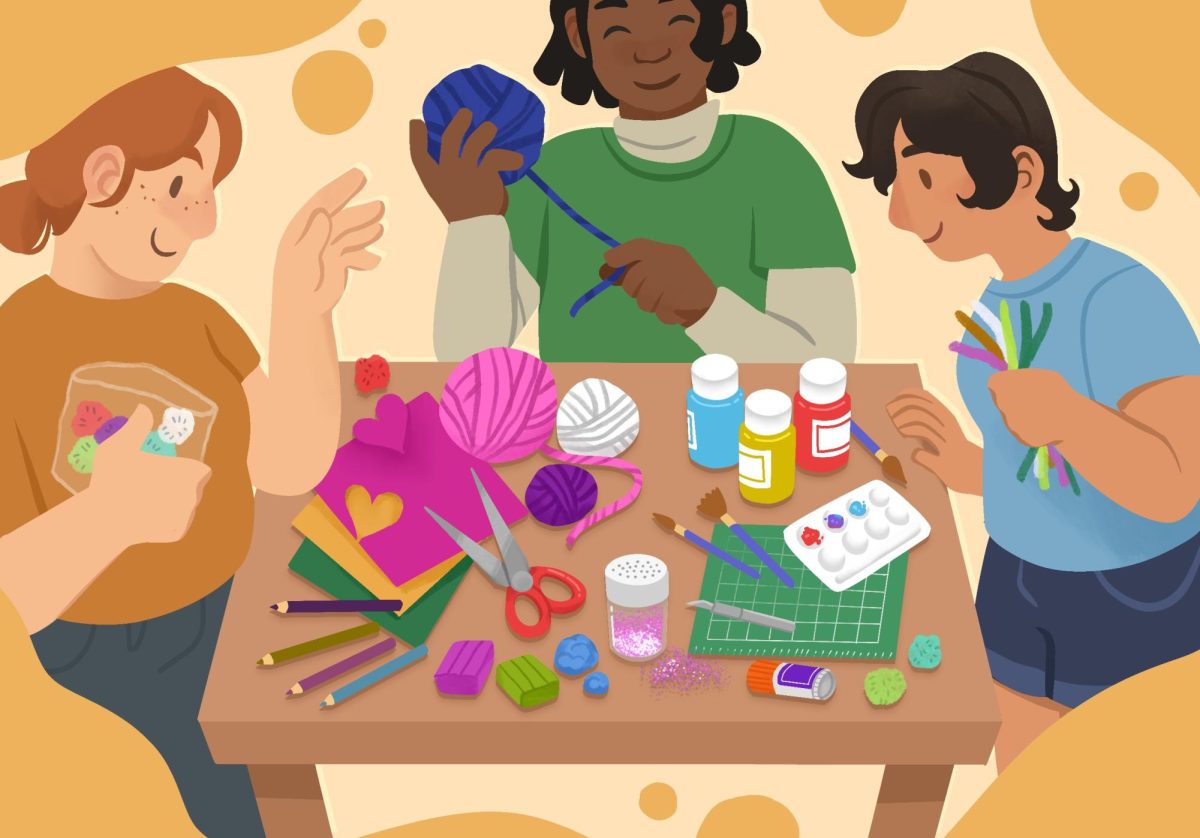A recent study done by the Minnesota State Colleges and Universities system shows college students rely heavily on their credit cards to pay for school. Students need to be aware of not only the quick advantage of plastic but also of the negative consequences that result from inappropriate use.
How many students have the money in their checking accounts to write a tuition check? Not many. Tuition is increasing every year, and students who don’t get support, or enough support, from their parents and scholarships are forced to look to other ways of making the payment. Many students use credit cards to temporarily cover not only tuition but student fees, books and other necessary accessories of college life. This is all fine and good, unless students don’t know about the risks involved with using a credit card improperly.
One’s first credit card is usually attained when starting college. The student is away from his or her family for the first time and needs the card for security purposes. Yes, only for emergencies. A little gas here and there and a few “I really need that”s later, and a cardholder’s balance could get out of control.
Carrying a balance month to month is a good way to go in debt. It is important for students to understand what they charge to their credit card – what they will have to pay for eventually but will have to pay more for. Credit card companies make money by charging interest. How else could they exist? The cardholder should keep track of his or her balance to ensure he or she will be able to pay off the balance in a short amount of time. Credit card debt risk increases when cards are often used for smaller everyday purchases, so it is important to know what the card should be used for each month to stay on budget.
It is a given many college students will have loans to pay off and credit card debt to climb out of after college. Students should be aware of the proper way to use credit cards to create more financial security for themselves in the future.







